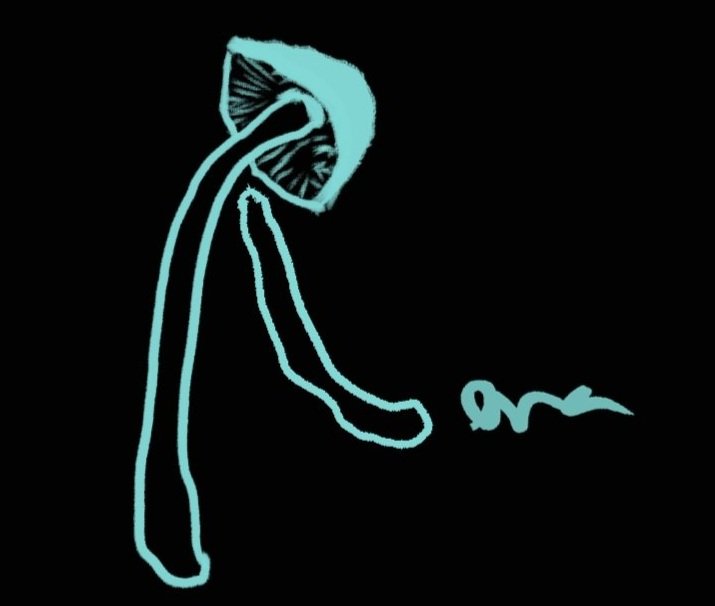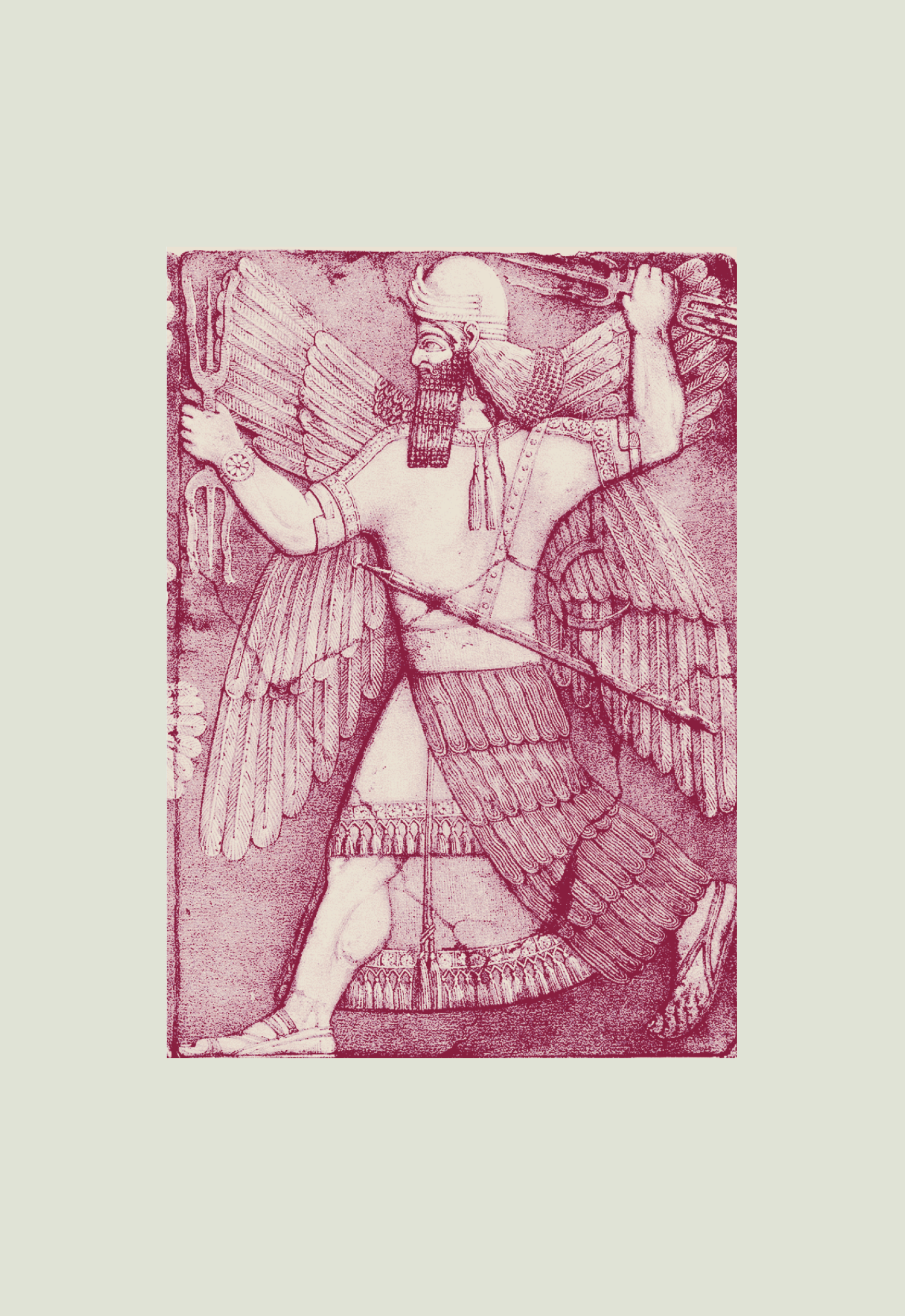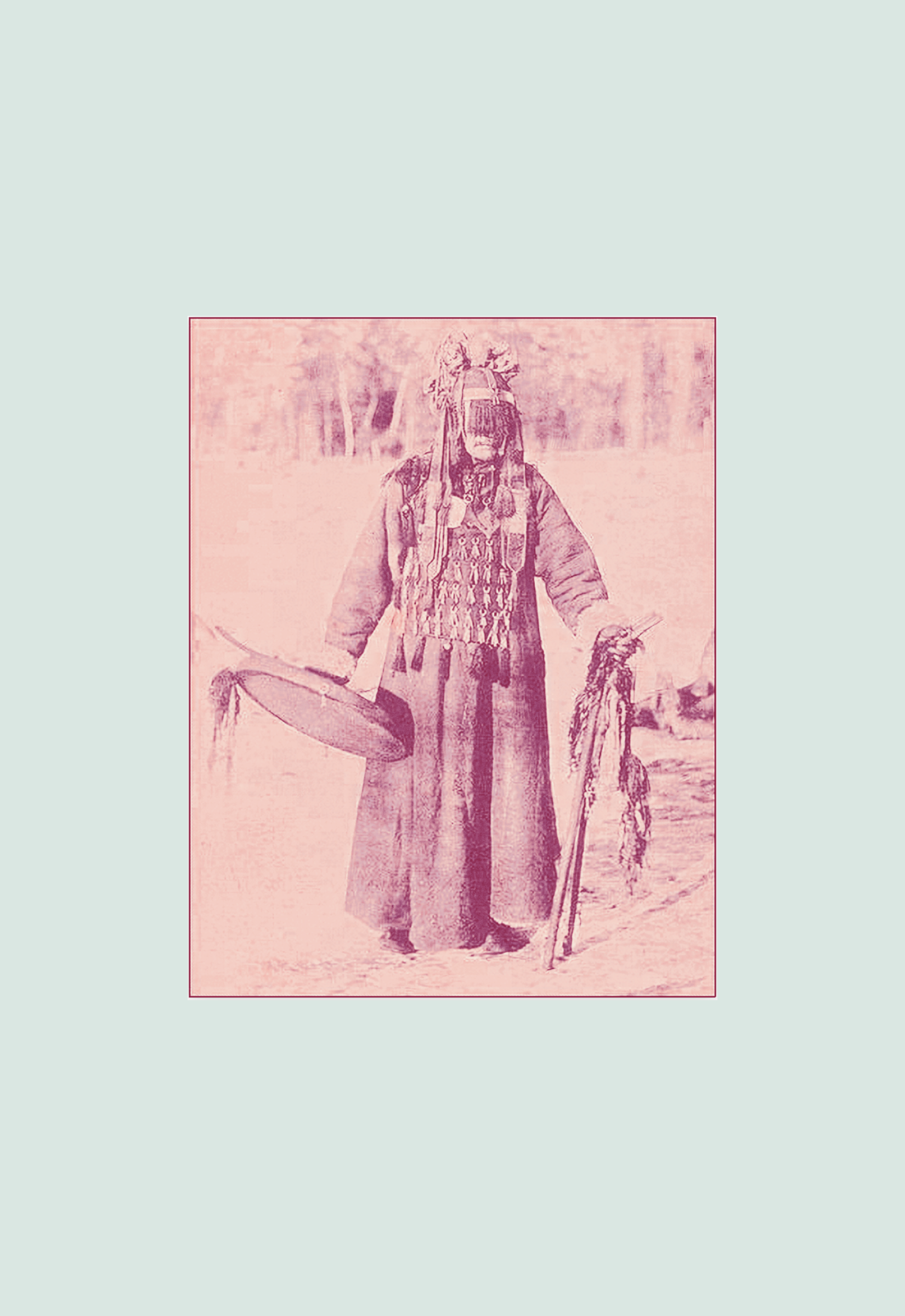
Scents
A look into the natural world
These scents, though are inspired by ancient cultures and practices, are not a direct representation for them. The scents are meant to act as a tool for comprehending the spaces around us. Some of the cultures I mention still exist today and have their own distinct aromatic practices. This is also not meant to act as an extensive ingredient’s list but more so a highlight of key scent notes. My method of composing the scents consisted of layering different tinctures together so you may be smelling something that is not listed below.
Scent 1: newspaper, flower petals, spiced citrus, apple core with seeds, cedar wood
Scent 2: brown sugar, honey, stout beer, dragon’s blood
Ninurta first started as the Sumerian god of springtime, healing, thunder, rainstorms and of the plough and ploughing but later became the deity of war and barley as the religion spread to Assyria. A major festival, the Gudsisu Festival, was celebrated in his name and marked the beginning of the ploughing season. Although Ninurta takes on a more aggressive demeanour later on when he becomes the god of war, he is one of the most frequent gods to appear in Sumerian myths, most of which gave agricultural advice and taught his followers about irrigation.
Throughout Mesopotamia, there were various festivals and celebrations that usually took place over the course of a few days. Some of the important festival foods were legumes, holy bread and beer.
Scent 3: fresh and dried leaves, dill, plumb powder, spruce branch, dirt
Scent 4: frakensence, dragon’s blood, various woods, anise, burnt sage
Set is the ancient Egyptian god of deserts, storms, disorder, violence and various lands. Various animals are associated with the physical appearance of Set, including aardvark, antelope, donkey, camel, fennec, greyhound, jackal, jerboa, long-snouted mouse, okapi, oryx, and pig. Even in ancient Egypt, he was inconsistently characterised so his actual figure is only speculated. Set was also said to have loved lettuce and his worshippers would often leave the vegetable as an offering.
The ancient Egyptians had many aromatic practices. Incense was seen as the fragrance of the gods and lit in tombs to ensure protection. The ritual of mummification had various aromatic elements. Frankincense was used as an antibacterial in order to rid the body of impurities before the person passed on to the afterlife.
Scent 5: chocolate, vanilla, burnt cinnamon, anise, paprika
Scent 6: copal, mushrooms, brown sugar, dragon’s blood, basil
Ixcacao was the Mayan goddess of chocolate and cocoa crops. Although she rarely made appearances in myths, the Mayans valued chocolate deeply and saw it as a gift from the gods. They believed that chocolate connected them closer to the gods and it was a crucial part of various rituals. It was even used in sacrifices. Being sacrificed was actually seen as a great honour and the person being sacrificed was given chocolate to ease their transition between the living plane and death.
Scent 7: dried and burnt moss, dill, wild onions, porcini mushrooms, cedar, cinnamon
Scent 8: walnut shells, dragon’s blood, hibiscus, brunt newsprint
In Siberian mythology, particularly among the Buryats, the goddess Udagan is associated with shamanism. She is connected to the natural world, healing, and divination. Shamans are said to receive instruction from Udagan, who is thought to have the ability to connect with spirits. Since a lot of Siberian tribes are nomadic, mainly using oral forms of storytelling and knowledge keeping, there is no physical depictions of her appearance.
The Buryats have deep roots of shamanic rituals and connecting to the earth. However, the effects of outside factors, like the spread of Buddhism and oppression during the Soviet era, led to adaptation in the face of these difficulties but as time goes on, there are current efforts at revival and preservation.
Scent 9: moss, grass, fresh and dried flowers, spiced citrus, plum powder
Scent 10: dried lavender, burnt cinnamon, red wine, anise
Horta is the Etruscan goddess of agriculture, horticulture and possibly place-name. Her role in the Etruscan religion is highly debated and there is no known depiction of her. The modern-day Italian city of Orte could have been named after her as it started as an Etruscan centre. The Greek author, Plutarch describes the Temple of Horta always having its gates open, although he does not provide a concrete description of the goddess’s role.
Not much has survived for us to fully understand Etruscan culture but through the studies of necropolises, we can see how rich their funerary practices were and the importance of wine as well as flowers.
Scent 11: burnt sage, dirt, apple core with seeds, cedar wood, burnt toothpicks
Scent 12: plum powder, dirt, burnt newsprint, frakensence, dragon’s blood
Rūaumoko is the Māori god of earthquakes, volcanoes and the seasons. It is believed that the earthquakes caused by Rūaumoko are what change the seasons. The earthquakes might result in warmth or cold depending on the season. There is not much known about what form he takes or what he actually looks like but he is credited for the creation of the Auckland volcanic field, as seen by this field map from 1859. is directly linked to the mythical understanding and cultivation of fire as well as a crucial role in Maori ceremonial practices.







